Stone Setting: The Process
Written by Annabelle
November 8, 2018

Why Stone Setting?
Stones can easily fall out of your jewelry after some time, usually due to wear and tear sustained by the setting. If you’re looking to reset your stone, you may be wondering about how the jeweler can fix your item. Read on more to find out about stone setting.
How do stones fall out anyway?
The setting, or the part of the jewelry that secures the stone in place, is prone to damage. This is very common in items such as rings and bracelets, because they come into contact with a lot of things that cause abrasion. This wears away the metal over time, loosening the stone.
The Stone Setting Process
Step 1: Assess the situation
When a jeweler receives a stone setting order, the first thing they’ll do is take a look at the setting. The setting determines how difficult the job might be.
- Bezel setting: In order to set the stone, the jeweler needs to place the stone into the bezel and then close the walls of the bezel around the stone.
- Prong setting: One of the easier settings, the jeweler can simply plop the stone into the setting and make sure that the prongs are high enough to enclose the stone securely.
- Channel setting: Slightly more difficult than the previous two, a channel setting requires some metalwork in order to open the setting, put the stones in, and then close it back up.
- Pave setting: This setting is challenging because it requires a lot of precise work and good eyes. Because of how small they are, the beads that hold the stones in may need some touch-up in order to make sure the gems will not fall out again easily.
- Flush setting: Flush settings need to be exact. A jeweler will have to cut the part of the ring open (possibly with some laser tools) and set the stone securely.
Step 2: See if the stone fits
Sometimes the stone sourced might not be the right shape or size. In that case, the stone is sent off to the lapidary for cutting. This can take one to two weeks, depending on the stone and the work required. If the setting came without a stone, sourcing it may also take some time depending on the size and rarity of the stone. The larger the stone, the more time it takes to find a gem-quality jewel.
Step 3. Set the stone
When the stone is ready, the jeweler will set the stone into the piece of jewelry. Afterwards, they’ll make sure the stone is truly secure before sending it off to polishing and cleaning.
Step 4: Polish and clean
Polishing and cleaning are standard procedures in any jewelry shop, in order to make sure your item is in perfect condition before sending it back to you. The process of polishing and cleaning can loosen stones, so the item is sent to quality control for a final round of inspection before the jeweler returns the piece to the client.
Step 5: Inspect the item
An experienced inspector will examine the item and make sure all stones are intact and secure. Every single piece of jewelry must pass quality control inspection before being sent out to the customer; if it does not, the item goes back to the jewelers for touch-up before returning to quality control for a second round of inspection.
Now that you’re familiar with the process of stone setting, you should be feeling more confident about getting your diamonds and gems replaced. Check out our stone setting and replacement services today!


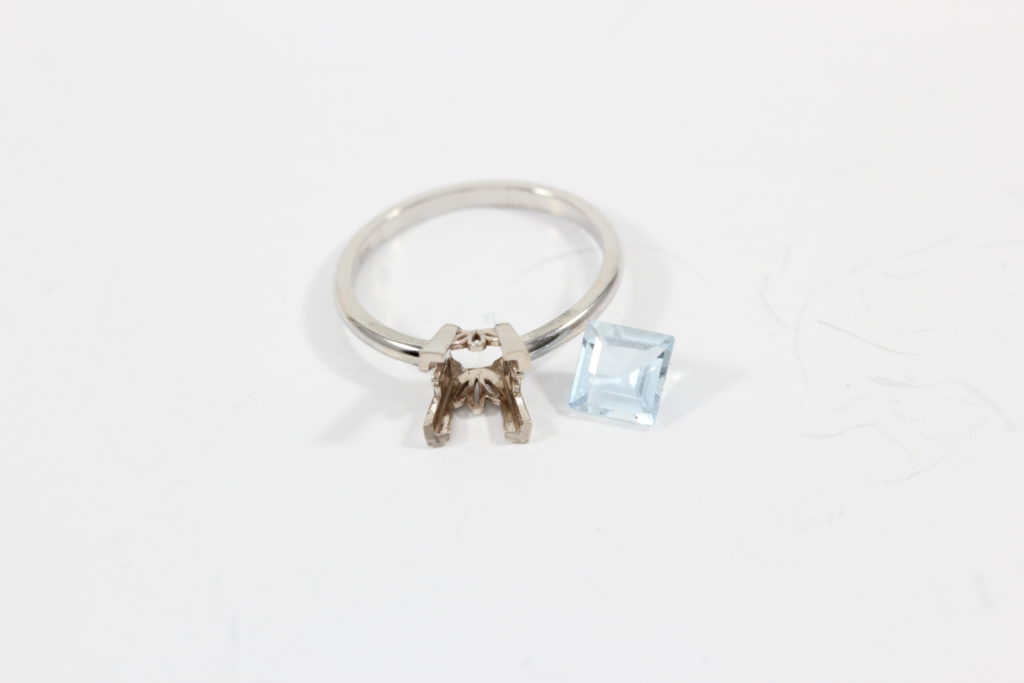

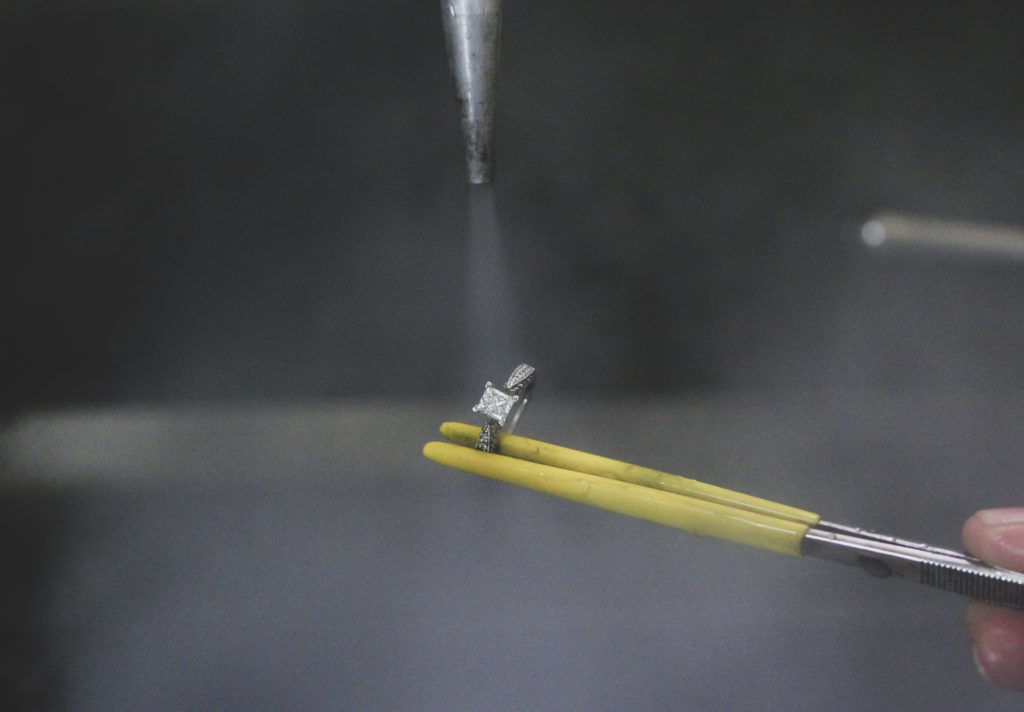
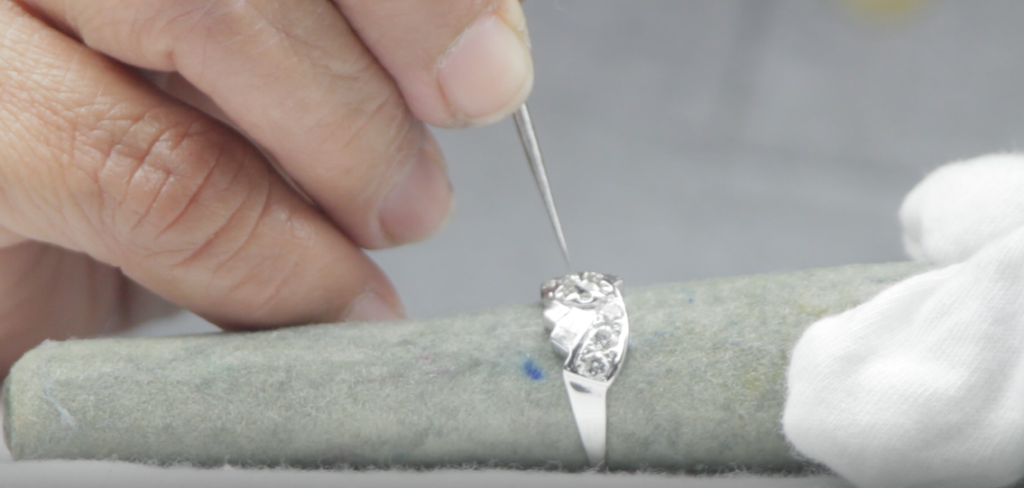
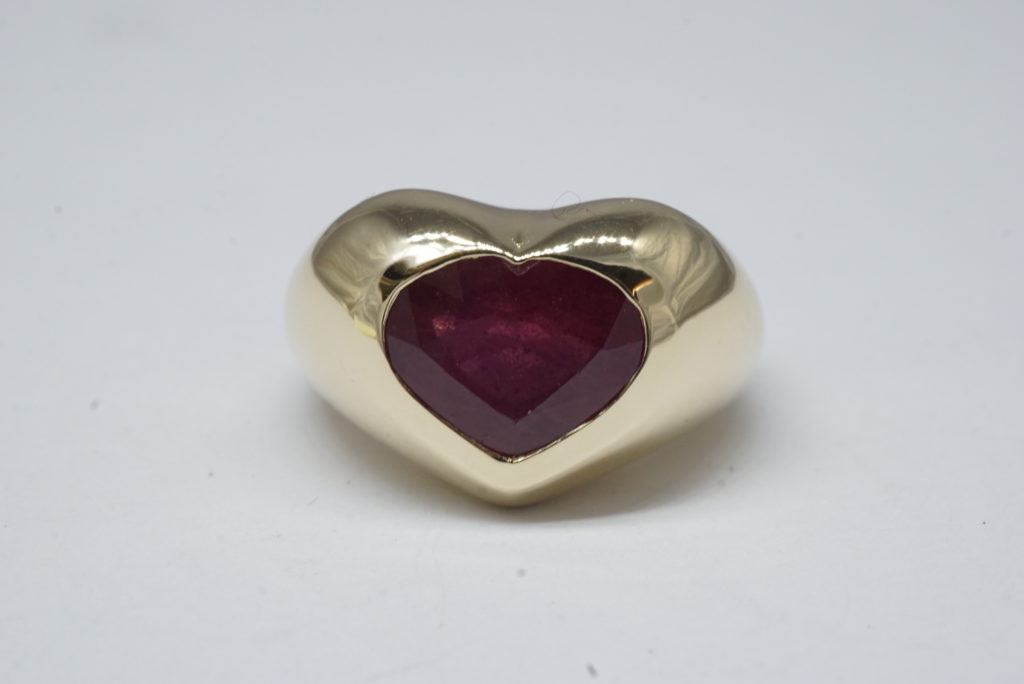

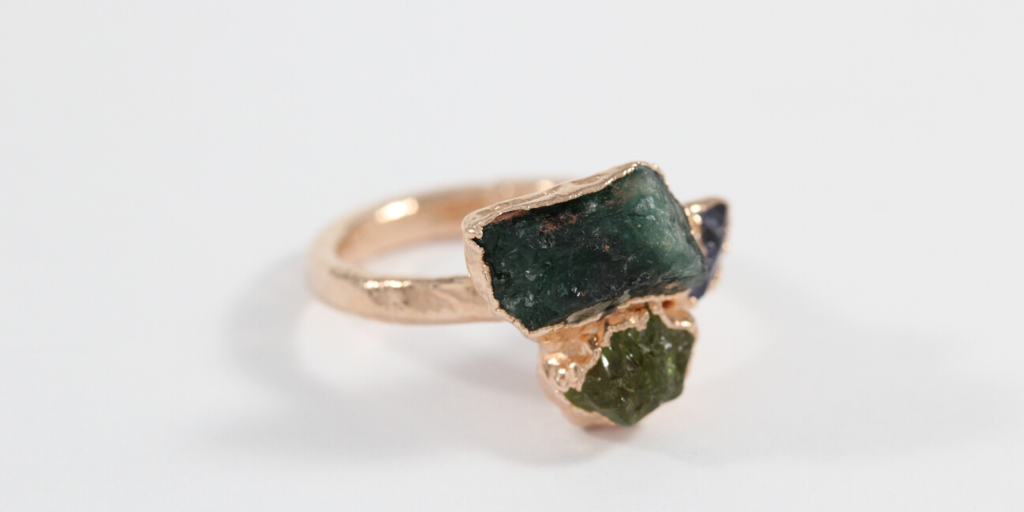
Great advice for anyone that is interested in jewelry!